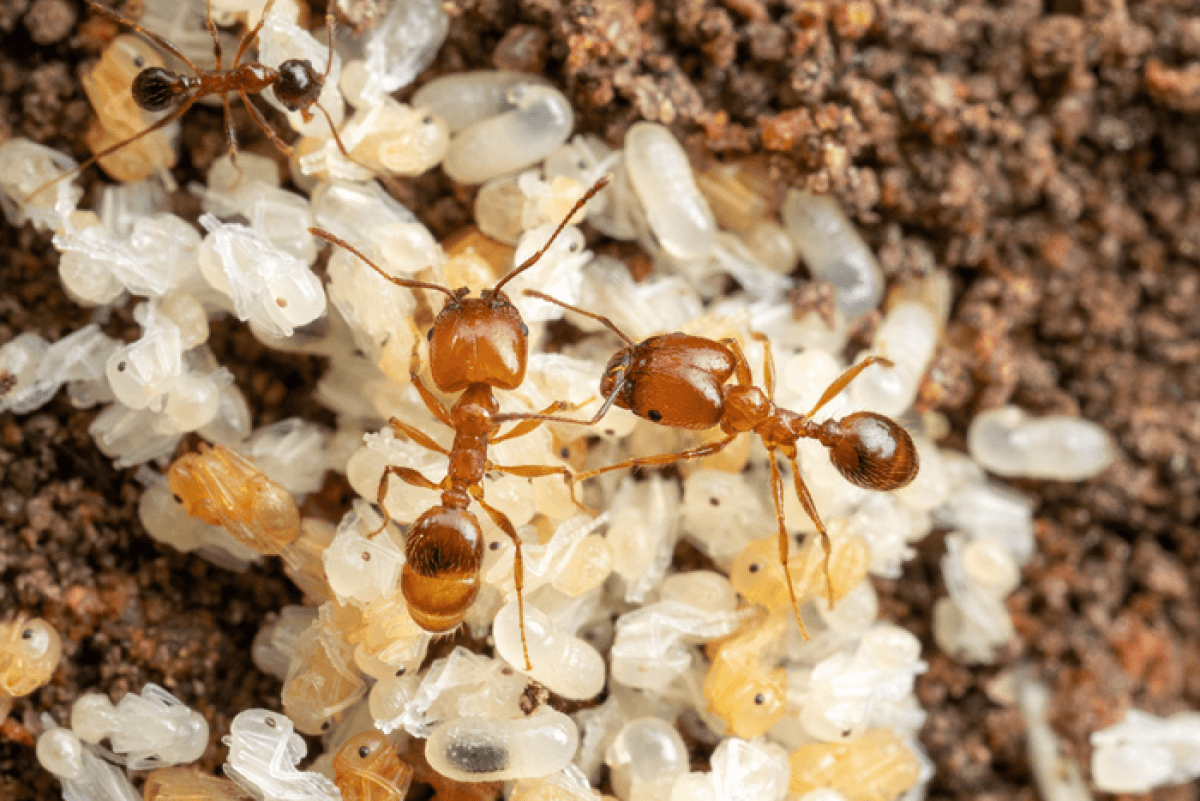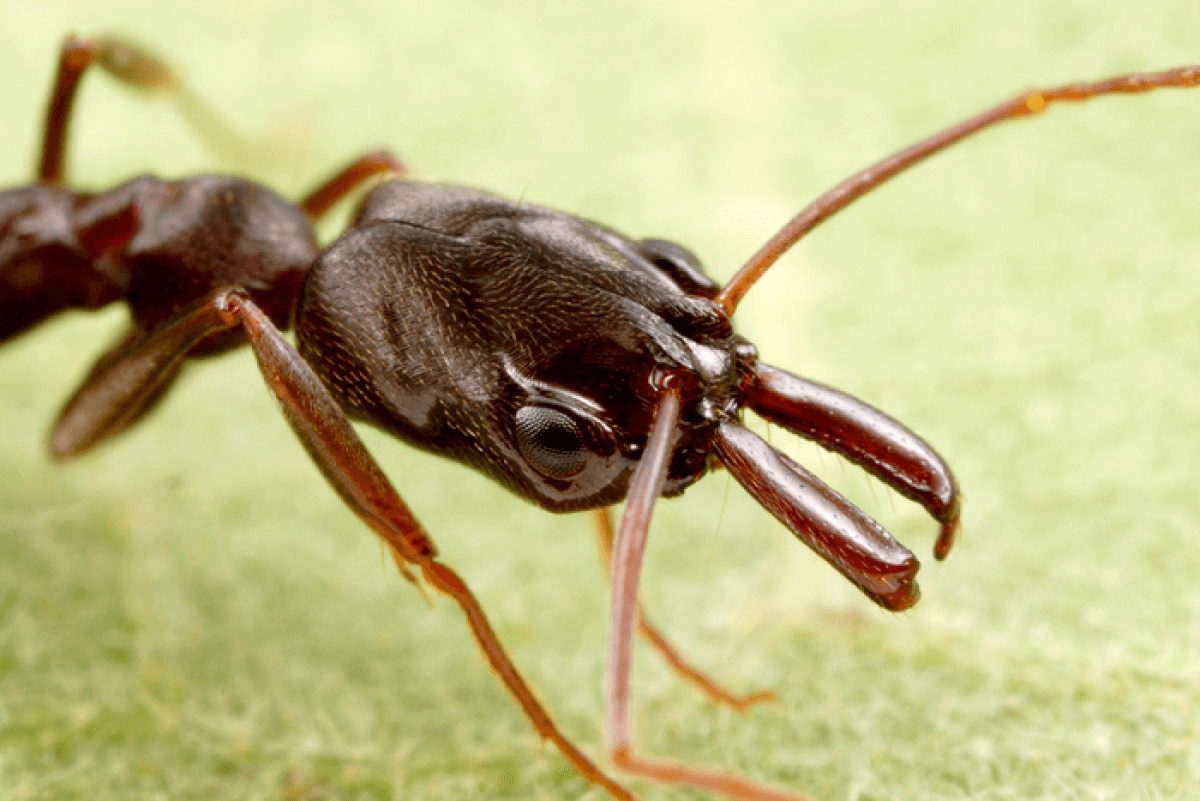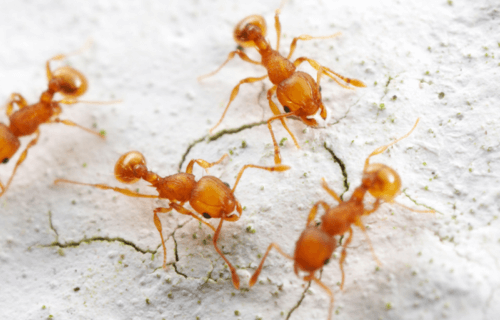CHAMPAIGN, Ill. — Invasive foreign ants hitching rides on global imports are slowly becoming the dominant species in Florida, new research reveals. Researchers say populations of non-native leaf-litter ants have skyrocketed in “The Sunshine State” in recent years, with native populations falling alongside them.
The number of non-native ants has nearly doubled in the past half-century in some areas, according to the study’s estimates. Scientists say this could be due to the fact that they are willing to cooperate with other species and bring them into their huge colonies, whereas native ants tend to reject outsiders.
However, researchers fear the decline in certain species of leaf-litter ants, which act as seed-spreaders and specialized predators, could have huge impacts on these already threatened ecosystems in the southeastern United States.
The study authors analyzed data tracking leaf-litter ants from 1965 to 2019. In later years, data showed non-native ants represented nearly a third (30%) of the 177 ground-dwelling species detected across the entire state. Their dominance grew most dramatically in southern regions, where non-native ant populations rose from 43 to 73 percent over the 54 years of the study. Researchers believe these invading non-native ants arrived with goods imported to Florida from across the globe.

Animal kingdom changing in Florida?
The study, published in the journal Current Biology, points towards a potential future where an empire of ants not native to Florida dominate the state, while native numbers dwindle into insignificance.
“Leaf-litter ants tend to be very small, just a few millimeters in length, so moving through soil, leaves and other litter is like climbing over hills for them,” says University of Illinois Urbana-Champaign evolution, ecology and behavior professor Andrew Suarez in a media release.
Prof. Suarez led the research with Douglas Booher, a research entomologist with the U.S. Department of Agriculture Forest Service, and Corrie Moreau, a professor of entomology and of ecology and evolution at Cornell University.
“Many of them are small specialist predators, like trap-jaw ants of the genus Strumigenys, which are solitary hunters that specialize in catching small arthropods like springtails.”
Prof. Suarez adds that the ants rely on the “litter” that accumulates under trees and plants.
“These communities are sensitive to habitat loss, especially the loss of canopy trees,” Suarez continues. “They also are very susceptible to heat and water stress, as they require humid environments.”
While native ants and their would-be invaders share many traits and likely perform a lot of the same ecosystem services, the researchers say studies have not yet proven whether the growing population of non-natives will fill the same niches essential to the natural ecology of the area.
Dr. Booher worries about the consequences of the invading ants’ rise to dominance in the region.
“Our biggest worry is that the loss of a few key species that act as specialized predators or seed-dispersers could have ecological consequences for these already threatened ecosystems,” Booher says.

Teamwork could get foreign ants the edge in Florida
One area where the native and non-native ants do differ is when it comes to teamwork. The research team tested the different ants’ ability and willingness to tolerate and work alongside each other by collecting more than 300 live colonies in artificial nests and observing their cooperation – or lack thereof.
Most of the non-native ants adopted other ants from different colonies to work together. However, most native ants tended to reject outsiders and keep themselves to themselves. Dr. Booher says this difference in willingness to cooperate may give non-native ants a significant advantage over their native relatives.
“We collected more than 300 live ant colonies and set them up in artificial nests,” Booher explains. “By marking individuals of the same species from different colonies and introducing them to one another, we evaluated if workers from different colonies were adopted or excluded.”
By accepting and cooperating with ants from various nests, the researcher adds that non-native ants “effectively act like a single unified colony over a large landscape.”
Though there are still far more native than non-native leaf-litter ants in Florida, Booher admits the foreign ants are becoming “more abundant and common.”
“This concerning trend has increased steadily over the past 54 years. Across all regions of Florida, nonnative species have doubled in collection frequency,” Booher reports.
“Only through comparing past species diversity and abundance with current data can we really understand how biodiversity is changing through time,” Prof. Moreau says.
“While we are starting to appreciate just how bad insect declines are globally, we often don’t have species-level data for many groups,” Prof. Suarez concludes. “By looking at trends for individual species over long periods, we can get an idea of the possible ecological consequences of these patterns.”
South West News Service writer James Gamble contributed to this report.

